Master of All Trades: Abkhazian Artist Batal Dzhapua Turns 60

Batal Dzhapua
SUKHUM / AQW'A ― On 28 March 1963, the renowned Abkhazian theatre and film artist, graphic designer, and painter Batal Dzhapua was born.
Batal Dzhapua has made a significant contribution to the culture of Abkhazia, manifesting himself in various fields - from classical painting to the creation of Abkhazian armour, from designing commemorative coins made of precious metals to creating theatrical decorations.
Batal Dzhapua was born into a creative family. His father, Rushni Dzhapua, was an actor and director of the Abkhazian Drama Theater. His mother, Arda Lakoba, graduated from a theatre institute and worked as an actress for a long time.

"They used to take me to the theatre with them, and I saw how everything was arranged there. I was already interested back then. But I came to the theatre myself when they needed an artist-decorator. I was 16 years old at the time. They didn't officially hire minors, but they somehow forged some papers at the theatre and accepted me. That's how I started working," Dzhapua told Abkhazian Television in an interview.
The young artist's work progressed quickly. Batal created sketches for performances and simultaneously studied at the Sukhum Art School, where he was taught by the Honoured Artist of the Abkhazian SSR, painter, and scenographer Evgeny Kotlyarov.
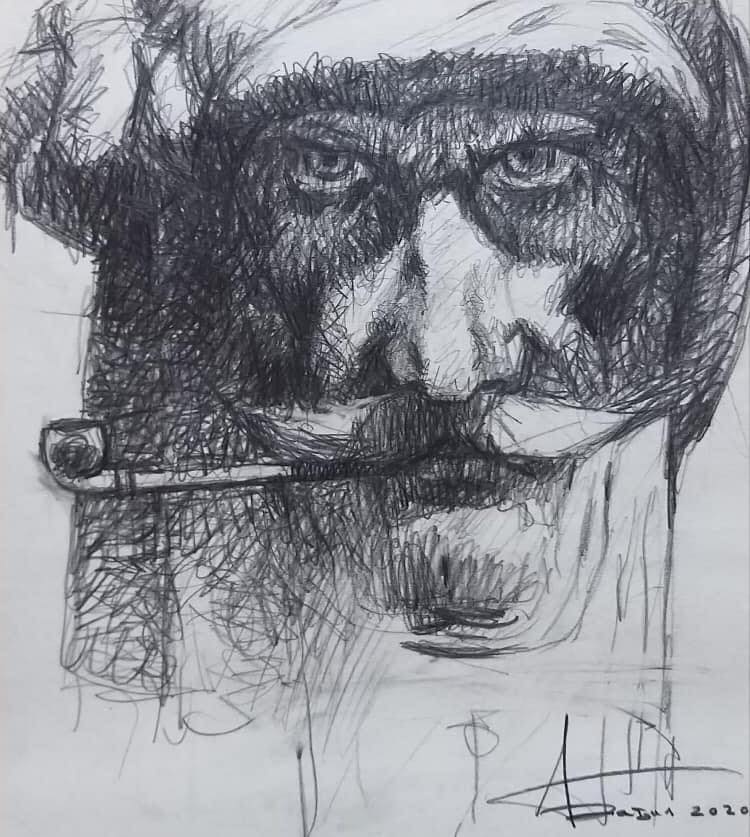
Dzhapua worked in the theater for a year. After finishing school, he decided to apply to a university in Kyiv, but it didn't work out – the commission rejected "such a poor student." A year later, Batal was accepted to the Leningrad Institute of Theatre, Music, and Cinematography. After successfully passing the exams, he sent a letter to the Kyiv Institute, saying, "Thank you for not accepting me! I'm in St. Petersburg!"
After graduating from university, Batal Dzhapua started working as the chief artist at the Sukhum State Russian Theatre for Young Audiences. From 1990 to 1992, he held this position concurrently with the role of the theatre's director.

Today, on 28 March 2023, Batal Dzhapua was awarded the honorary title of "People's Artist of the Republic of Abkhazia," according to the press service of the President of Abkhazia. The decree from the head of state indicates that the title was bestowed upon Batal Dzhapua in recognition of his significant contribution to the development of fine arts, preservation of cultural heritage, and his exceptional professional skills.
The Art of War
Before the start of the Patriotic War of the people of Abkhazia, Batal Dzhapua served in a regiment of internal troops of the Ministry of Internal Affairs. They held a position on the bank of the Ingur River.
Before the war, Batal asked for leave because he was invited to work at a theatre.
"On August 14, I was supposed to leave; I was invited to stage a performance. I had coffee in the morning and then planned to go to the airport. But then I met an acquaintance who told me, 'Where are you going, there's already a battle on the bridge.' I dropped everything and went to the regiment. There were no weapons left, as everything was already taken. In the regiment, I received a task and ended up in the war," the artist said in one of his interviews.

In September 1992, Batal Dzhapua went to the Eastern Front because there was a shortage of officers. He chose this direction himself. The only question he asked was whether they told jokes there.
"People didn't start telling jokes right away during the war; they were disheartened. But if a soldier starts telling jokes, it means he will win," Dzhapua believes.
For his combat achievements, Batal Dzhapua received the highest award, the Order of Leon. About the war, Batal Dzhapua wrote a book called "The Front of the Rising Sun."

Batal Dzhapua making ashamaka - a traditional Abkhazian candle.
Art Without Borders
After the war, Batal returned to the theatre. Until 1995, he worked as the chief artist of the Theatre for Young Audiences and simultaneously taught scenography and the history of world costume at a theatre studio.
Since 1997, he has been a part of the creative association of independent artists and has regularly participated in city and republican exhibitions of painting, graphics, and decorative-applied arts.
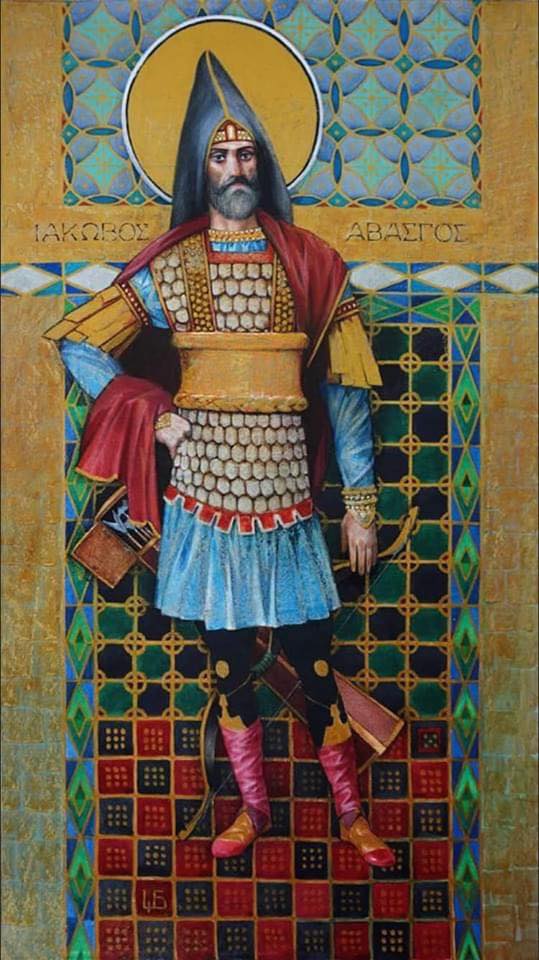
Many people call Batal Dzhapua a master of all trades. His creativity is not limited to painting or graphics. He is the author of a series of stamps "Abkhazian Men's National Costume of the Late 18th and Early 19th Centuries," worked on a collection of historical cold weapons, and has been involved in illustrating and designing books by Abkhazian writers.
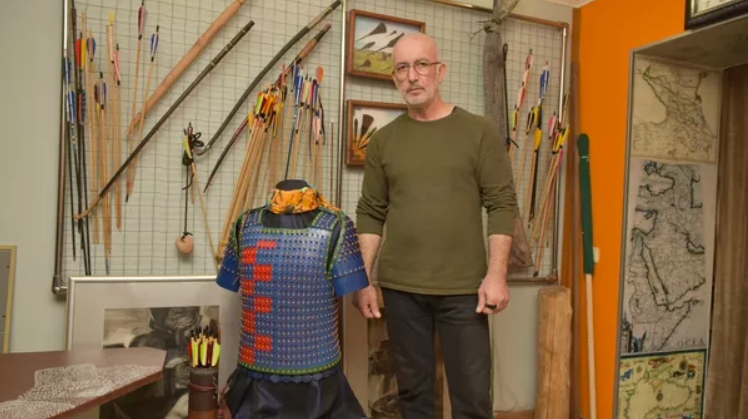
Batal Dzhapua is also the author of the first coins of the Bank of Abkhazia, a replica of the traditional Abkhazian bow, and the sketches based on which a replica of the Abkhazian war galley was created.
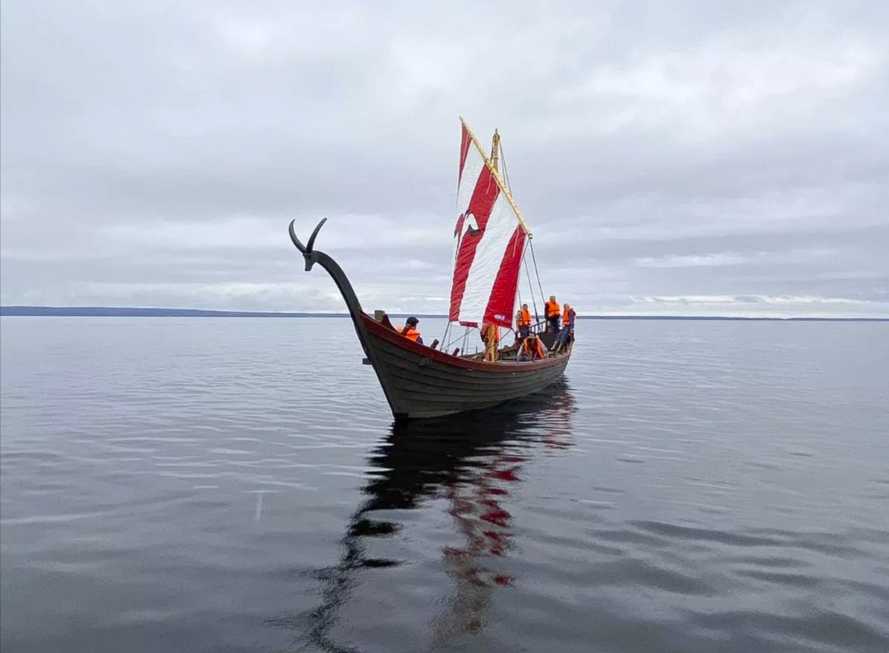
In 2022, Dzhapua reconstructed the armour of an Apsil warrior. The artist had been nurturing this idea for several years. It came about after getting acquainted with artifacts found by the famous Abkhazian scientist Yuri Voronov during the excavations of the Tsibilium fortress in 1977-1978.
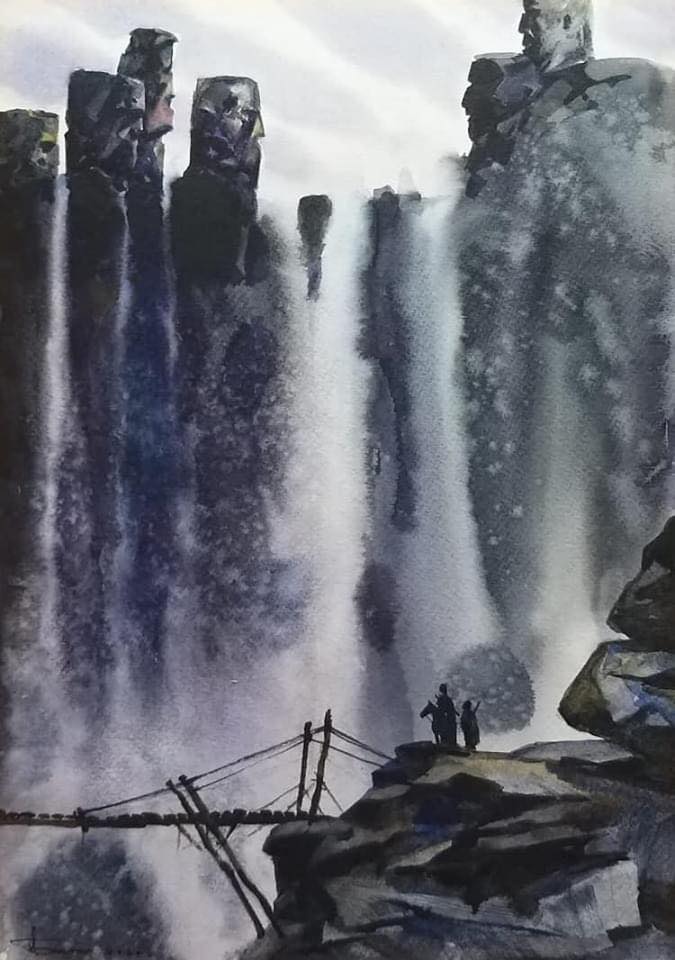
The artist is also invited to design performances. In 2018, he designed the staging of "Hadji Murat" at the Russian Drama Theatre, named after Fazil Iskander, and in 2019, "Romeo and Juliet" at the Abkhazian Drama Theatre, named after Samson Chanba.
In 2018, Batal Dzhapua was recognized as the Best Artist of the Year for his series of paintings titled "Apsykutsara."